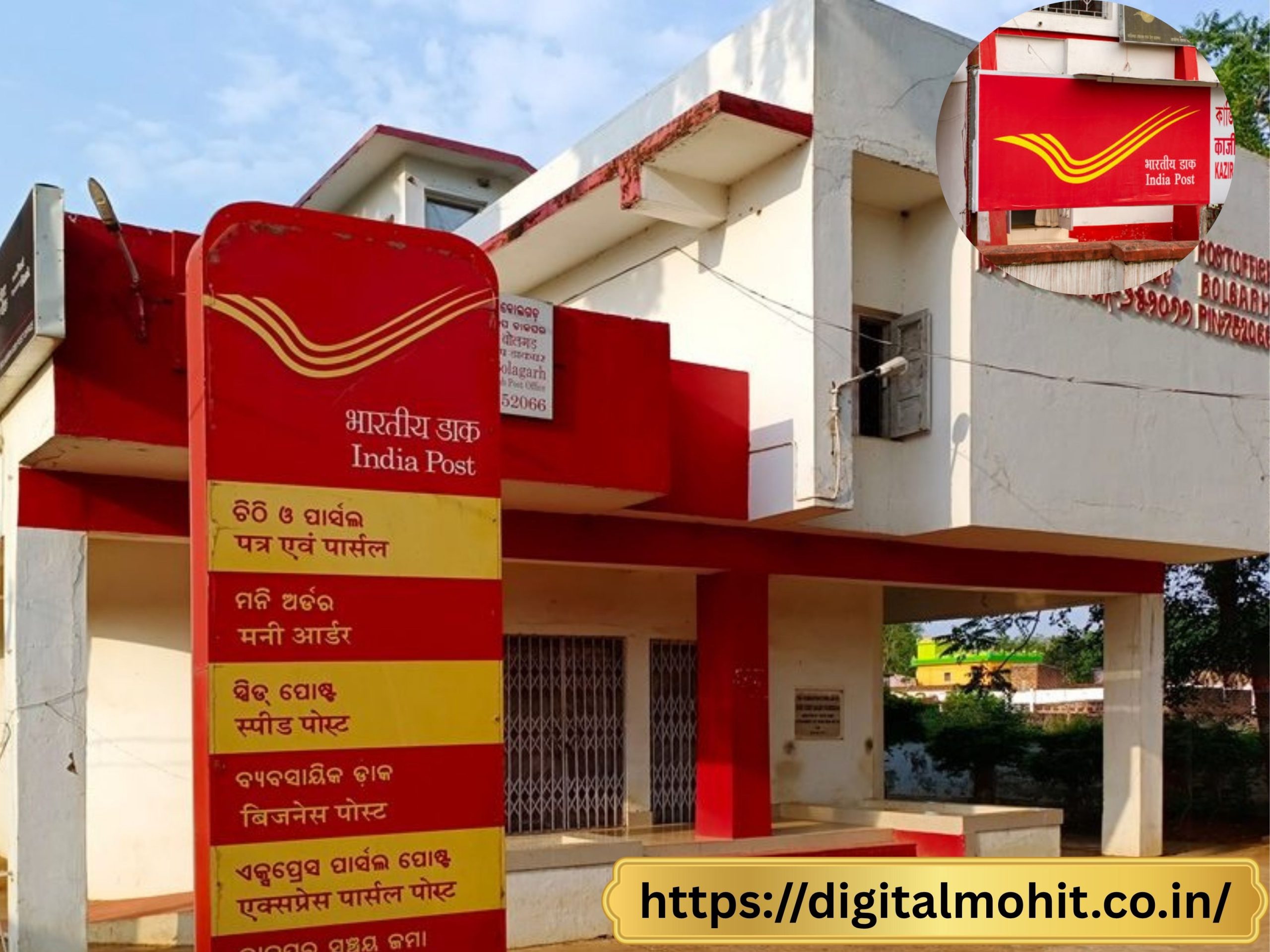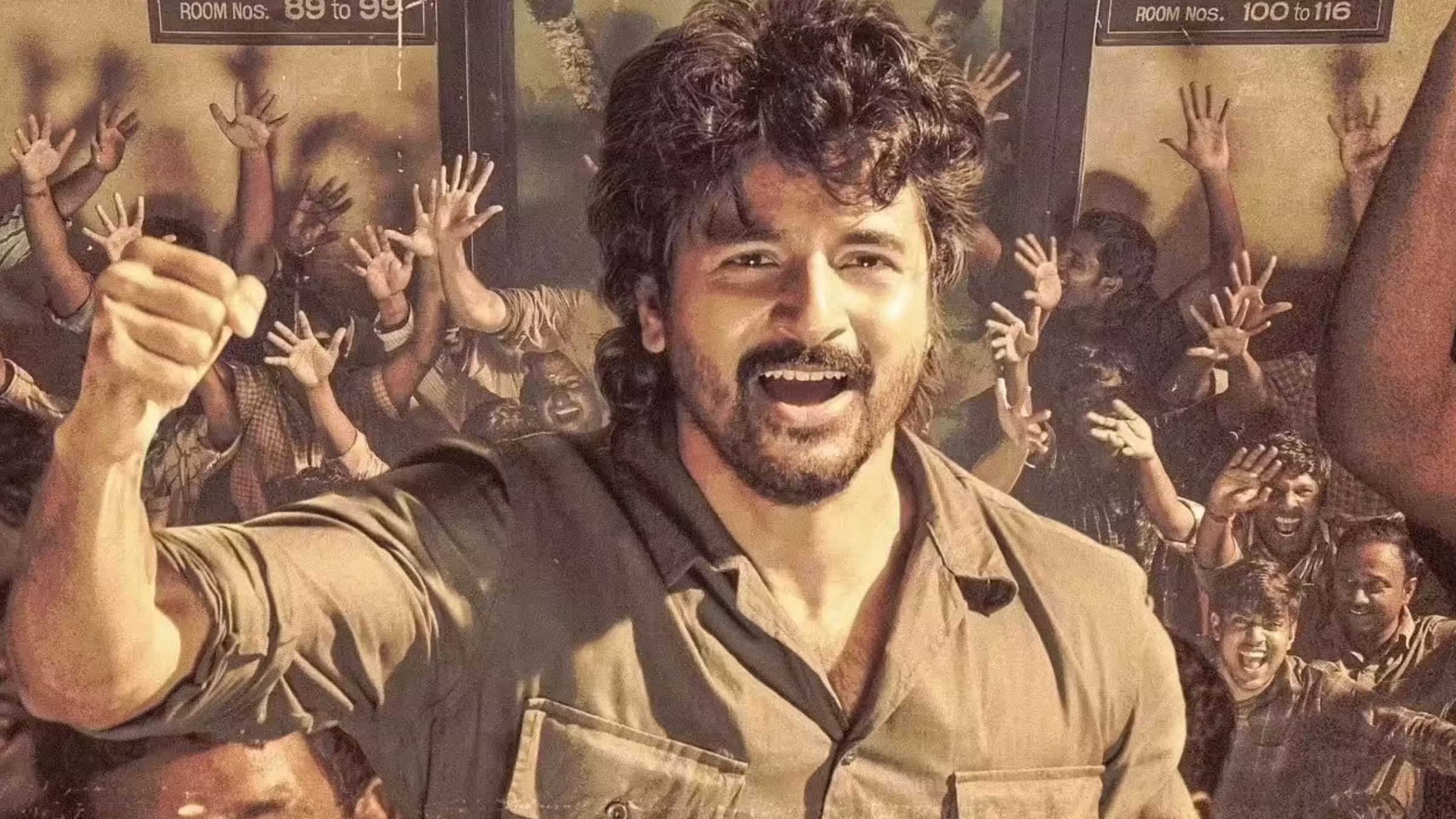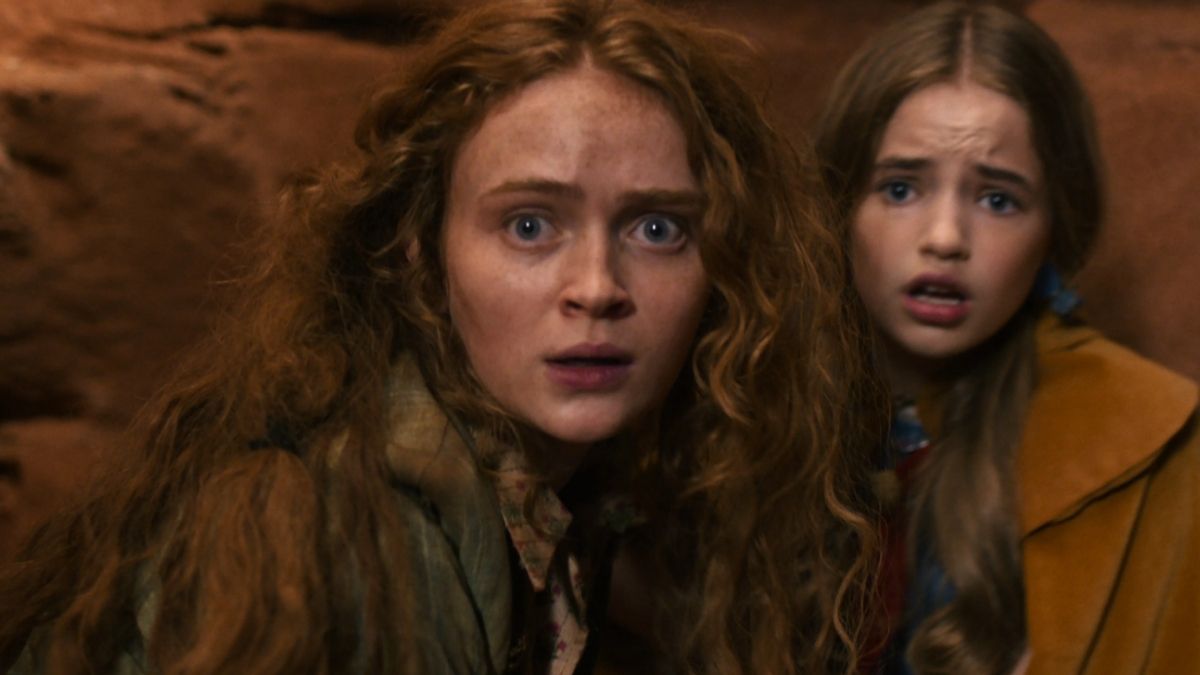In the heart of East Delhi, nestled among the narrow lanes and bustling vegetable carts, stands a humble building with a bright red signboard and a world of stories inside — the Gharoli Post Office. At first glance, it looks like just another small government office, a relic from an earlier era. But to those who live here, it’s far more than that. It’s a lifeline. A meeting ground. A window to the outside world. A quiet place where community and connection still mean something in a world that’s rushing toward the digital.
READ MORE : https://digitalmohit.co.in/category/news/
8:30 AM – The Day Begins
The day starts early at the Gharoli Post Office. The sun has just risen above the jumbled rooftops, filtering through the dusty trees that line the main street. Outside the post office gate, a small group of elderly men are already gathered — some in crisp kurta-pajamas, others in sweaters pulled over lungis. They greet each other with nods and smiles. For them, a visit to the post office is part of their daily routine, a social ritual as much as an errand.
Inside, 52-year-old Sub-Postmaster Ramesh Yadav unlocks the front door. He’s been here for nearly two decades. His face lights up as he steps in, brushing his fingers over the familiar counter where he’s served thousands of customers — each one with their own story.
“People think the post office is just about parcels and letters,” Ramesh says, sliding open the service window. “But for us, it’s about people.”
READ MORE : https://digitalmohit.co.in/
10:00 AM – The Rush Hours
By mid-morning, the Gharoli Post Office is humming. A young college student comes in to send documents to her university abroad. A rickshaw driver drops off a money order for his parents back home in Bihar. A mother, holding a toddler in one arm, stands in line to deposit money into her daughter’s Sukanya Samriddhi Yojana account.
The post office is one of the few places in the area where you’ll see such a mix — old and young, poor and middle-class, tech-savvy and not. Here, everyone waits their turn.
At the counter next to Ramesh sits Priya, a soft-spoken postal assistant in her early thirties. She helps an elderly woman understand the new digital savings scheme with patient clarity, switching easily between Hindi and a smattering of local dialect. “You don’t just need a job here,” Priya explains. “You need heart. And time.”
Noon – When Stories Flow
During the quieter noon hours, there’s time to breathe — and to talk. That’s when the stories come out.
“There was a time,” Ramesh recalls, “when we’d deliver love letters, job appointment letters, hand-written postcards with turmeric-stained corners. Now, it’s more bank documents and Aadhaar-linked mail. But emotions? They’re still the same.”
He smiles as he remembers a man who came running into the post office last winter. “He got his son’s passport through speed post — the son was flying to Dubai for his first job. The father brought sweets for the whole staff.”
Sometimes, the post office is also a place of silent grief. “We delivered death certificates during the pandemic,” Priya says, her voice softening. “People would cry at the counter. And we just listened. That was all we could do.”
2:00 PM – The Hidden Services
By early afternoon, the post office is quieter, but the work doesn’t stop. Behind the scenes, the staff prepare parcels for dispatch, verify KYC documents, update passbooks, and sort incoming mail. There’s a quiet dignity to the routine.
Few people realize that the post office does far more than deliver letters. It runs small savings schemes for women, pension plans for retired workers, even doorstep cash delivery for the elderly. It’s a mini bank, a government service center, a bridge between rural and urban India — all rolled into one.
“There are old women in the nearby colonies who can’t walk. We go to them,” says Ramesh. “Imagine the trust they have in us.”
4:30 PM – Children and Curiosity
By late afternoon, children stop by — often just out of curiosity. The red postbox outside still fascinates them. Some peek in, hoping to catch a glimpse of the letter’s journey. Others come with postcards, decorated in their handwriting and sometimes sprinkled with glitter.
“It’s rare now,” Priya says, laughing. “But a few still write letters to their cousins or friends. And it makes our day.”
They’ve started keeping stamps with cartoons and animals on hand — a tiny effort to keep philately alive in a fast-moving digital age.
6:00 PM – Closing Time, But Never Really Closed
As the metal shutters roll down and the last customer leaves, Ramesh lingers for a moment, looking around the room.
“This place,” he says, “is more than a job. It’s part of my life. Part of the lives of so many.”
Even after the doors are shut, the red and yellow sign glows quietly in the dusk, like a promise. The Gharoli Post Office is not just a building. It’s a keeper of memories, a trusted friend in uncertain times, and a small but steady flame of connection in a world that sometimes feels too fast, too big, too lonely.
Why It Matters
In a city constantly changing — where towers rise and roads expand — the Gharoli Post Office remains a symbol of something simpler, more human. It’s not perfect. The fans squeak, the forms pile up, and sometimes the power cuts out. But what it offers can’t be found in an app or a chatbot.
It offers presence. A real person behind the counter. A nod of familiarity. A sense that someone, somewhere, is still willing to listen.
And in that quiet, familiar space, community still thrives — one parcel, one pension, one handwritten letter at a time.
















Leave a Reply